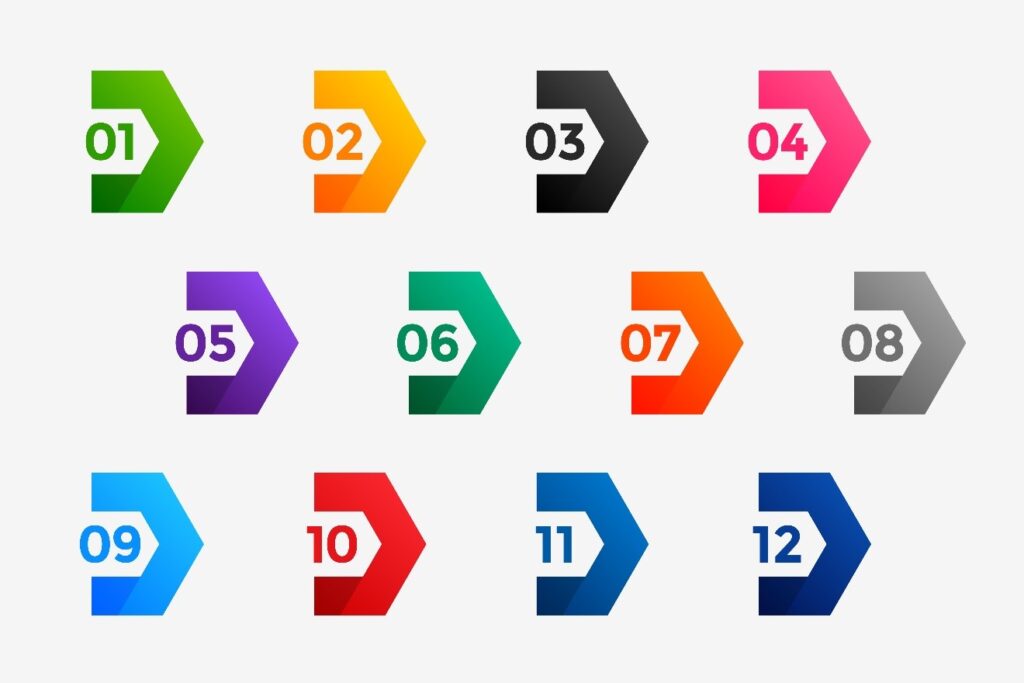Useful Animation Tips Shared by Expert Animators


 Owing to the popularity of animated videos, becoming an animator is becoming increasingly challenging. At the same time, you must be at the top of your game if you hope to stand out in a saturated market.
Owing to the popularity of animated videos, becoming an animator is becoming increasingly challenging. At the same time, you must be at the top of your game if you hope to stand out in a saturated market.
So, how can you create animated videos that are anything but run-of-the-mill? We’ll tell you how: follow the steps of animators who have made a name for themselves because of their ability to make stunning animated videos in just about every style.
Fortunately, those animators were kind enough to share their valuable insights with another expert, AnimationProLabs. And we’re relaying that information to you, our esteemed readers.
So, let’s get this show on the road, shall we?
In one of our earlier blogs, we covered more than 5 animation styles that were not 2D or 3D. That means you’ve got at least a dozen techniques to choose from.
Truth be told, they’re all incredibly fun and entertaining, which can make it challenging to select just one. While we appreciate the enthusiasm to try all, it’s not recommended.
The experts suggest sticking with one animation style. At least until you get the lay of the land, metaphorically speaking. This offers two advantages: you’ll hone your skills and become an expert in the technique.
Keeping these factors in mind, start your journey by identifying which animation style you’d like to specialize in.
On the journey to become a skilled animator, you’ll come across many words that’ll go over your head. But you must learn what they mean. Otherwise, your lack of knowledge might serve as a roadblock in the future.
To help you understand a few animation terminologies, we’ve listed down the words – in no particular order – along with their meanings:

Walt Disney Studios did not reach an esteemed position in the industry overnight. Over the past few decades, the company continued breaking ground in all fields, including animation.
Luckily, Walt Disney Studios was kind enough to share how they create stunning animated films with the rest of the world. They follow these 12 principles:
Although technology has progressed by leaps and bounds since these principles were put forward, many expert animators still use them.
One thing about the animation industry is that it never stops changing. Just when you think, “Okay, this is it, folks. We’ve reached peak animation,” BAM!
Another animation trend that has taken the internet by storm.
So, what does this teach us?
Never stop honing your skills, particularly technical skills.
If you learn about a new software that makes it easy to understand, say, character animation, go through it in your free time. This applies to everyone – whether you’re just entering the world of animation or have been a part of it for years.
The most interesting part about these tools is that a lot of them are free. And even if they aren’t, consider it an investment whose fruits you’ll eat later.
Pixar, the pioneer of animated films, is known for animating super realistic scene. In fact, they’re so stunning that you sometimes have difficulty determining whether you’re watching an animated or a live-action film.
And the secret behind the studio’s success is simple: it seeks references in the real world. That’s what you must do, too.
Whether you’re animating a human character or an animal, observe how they emote, walk, and interact with their surroundings. While this advice is valuable for every animation style, it’s especially helpful for those specializing in 2D animation.
Many expert animators believe people-watching is one of the most effective techniques to feel inspired.
 Writers have writer’s block – a temporary effect that makes them feel stuck in the creative process.
Writers have writer’s block – a temporary effect that makes them feel stuck in the creative process.
Similarly, animators have animator’s block (we just made this up). It happens when the scene doesn’t look right, no matter how hard you try.
Experts say that, instead of fixating on one scene and getting frustrated, drop that particular task temporarily. For example, if you’re working on rendering a scene and can’t do it, move to the facial expressions (or you can take a nap).
Once you’re done, come back to the rendering with a clear mind. This way, you won’t have to spend long on a specific part of the animated video.
Post-Covid-19, many things have changed, particularly in the corporate landscape. The introduction of work from home (WFH) model entirely changed how companies function.
While flexible work timings are great, they aren’t without challenges. The biggest one is that you get far too comfortable and even start working from your bed.
That’s not a good idea. Not only will you get easily distracted, but it’ll also make you sleepy. Because of this, working on your project is best on a chair and desk.
And while we’re at it, make sure the room is quiet; you can even decorate it with plants or artwork to feel inspired.
To summarize, you cannot learn animation in a day or two; it’s an ongoing process involving hard work, dedication, and commitment.
So, as long as you continue honing your skills, you’ll achieve your professional goals. And if at any point you need help with your project, feel free to contact AnimationProLabs.
Using our years of knowledge, we’ll assist you the best way we know how.